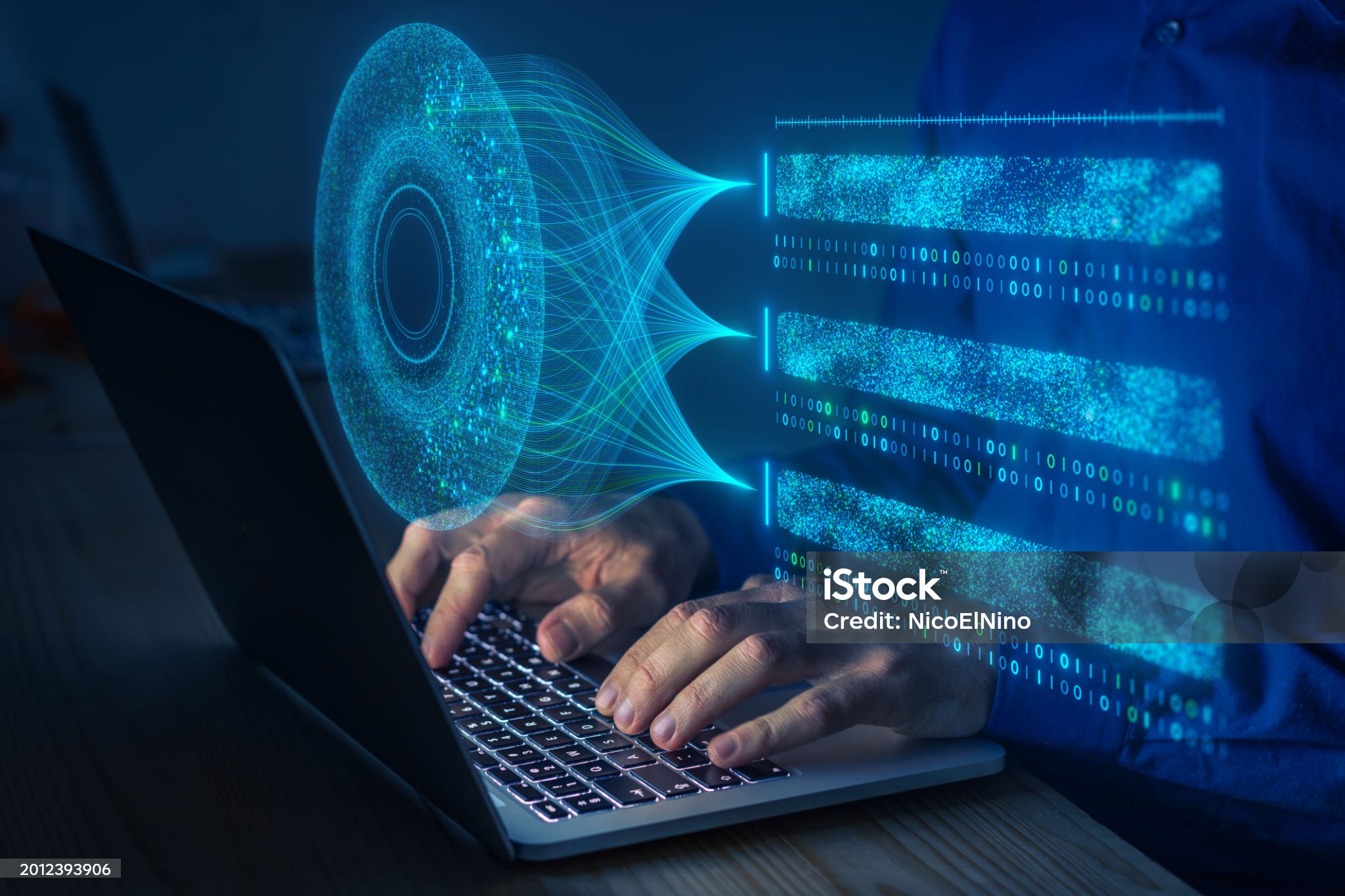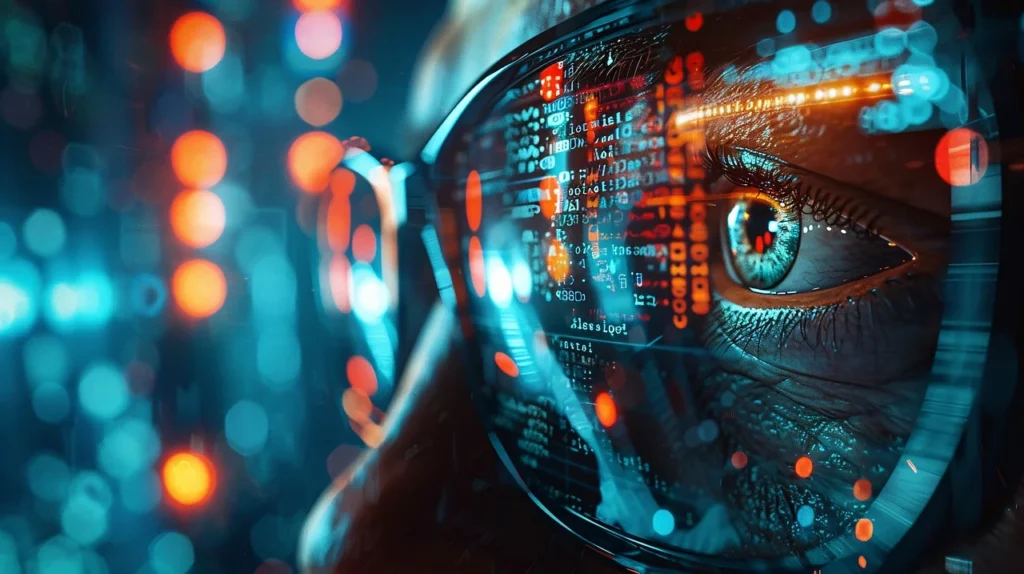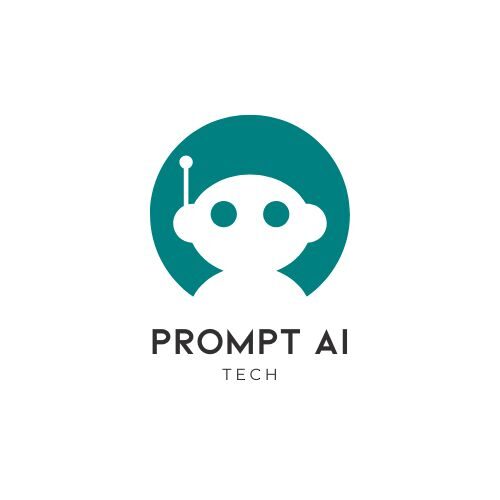Breaking
Table of Contents
Computer vision is a very revolutionary field that combines the fields of computer science and artificial intelligence. It allows the computer to analyze images and videos almost as if seeing like humans but with a precision and scale that’s unparalleled. It’s revolutionizing entire industries, from autonomous vehicles to medical imaging.

In simple words, computer vision is a subset of artificial intelligence that allows computer systems to derive meaningful information from digital images or video streams. These are essentially machine learning as well as deep learning models that allow a system to process and analyze images.
If AI lets computers “think,” computer vision enables them “to see” and make sense of the visual world. Differing from humans who have to rely on their whole lifetime of contextual learning for this ability to identify patterns, detect objects, and understand contexts within images, computer systems are instead trained using enormous datasets of images labelled to enable these abilities.
For example, in the manufacturing environment, it can inspect thousands of pieces per minute and identify faults that an eye cannot see, thus showcasing the increasing pattern of application of computer vision.
There are basically three major steps of computer vision:
Image Acquisition: The first step of computer vision is the acquisition of visual data by cameras or sensors. It can be digital images or video streams, depending on the type of application.
Pre-processing: The data is raw refined. Techniques of noise reduction, contrast enhancement amongst others that get to optimize the information for subsequent utilization in analysis will be utilized in this step where it confirms that the input to feed in these computer vision algorithms is clean.
Now, the magic begins: analysis and interpretation. Computer vision systems use machine learning algorithms involving deep learning techniques to review images or videos for obtaining meaningful information. The commonly used networks in these are CNNs because of hierarchical processing.
A CNN is a very special designed neural network meant for analyzing images. Image broken to pixels, with labels attached to them and mathematical operation, called convolution picks up on the patterns, and relations of the images. As iteratively learning the CNN, more accurate is becoming so that they really “see” and grasp images, much like a human does.

The history of computer vision is a story spanning decades of innovation from
1959: Discoveries in how the human brain performs calculations of visual information became a base for computational vision
1960s: Computers gained the ability to digitize images, that was the main breakthrough into image scanning.
1982: Algorithms became available to detect edges and corners as well as curve recognition. These are in the early stages of reproducing human vision processing.
2000s: Huge datasets such as ImageNet started coming into existence, and CNNs began to enter image recognition.
2010s: Now its applications have shifted to be real time, like self-driving car technology, facial recognition, medical imaging, etc.
2020s and Beyond: Now it’s being extended with edge computing and IoT.
Applications of Computer Vision
As with so many applications, computer vision turns out to be a very powerful tool in lots of industries. So let’s begin with the most important ones.
1. Health Care
Medical imaging is the driving force for revolutionizing computer vision in health care. They analyze X-rays, MRIs, and CT scans to identify anomalies such as tumors or fractures. Its applications range from early diagnosis and accurate treatment to good results in terms of the patients. Example Pattern recognition algorithms identifying disease markers in radiological images.
Automated systems help in image segmentation and doctors concentrate later on key segments.
2. Car
Computer vision is a core technology involved in building self-driving cars, because such systems function based on processing visual information coming from cameras and sensors. Among the biggest application areas, include:
Object detection is the process that aids in detecting people, road signs, and other moving vehicles within a certain distance.
Lane-keeping algorithms work based on image segmentation
Deep learning models which execute real-time decisions.
3. Retail
Computer vision helps the retailers monitor inventory, monitor thefts, and observe customer behavior. Among these are:
Item detection at racks with computer vision-based algorithms
Facial recognition to personalize the experience
4. Security and Surveillance
Deep learning that allows facial and behavioral analysis is required to use computer vision for security purposes. Some examples of systems are:
Monitoring live feeds for suspicious activities
Recognition of known persons in populated areas
Alerts provided automatically enhance the detection of threat
5. Farming
In farming, computer vision systems are monitoring crops, diagnosing disease, and optimizing yield. The farmer might receive from a drone or sensor image information about the soil’s health, necessity for irrigation, and the need to control pests.
6. Fun and Games
In AR/VR, computer vision brings user movements and interactions into life. They include
Game systems, with gestures from the player, being tracked
Virtual environments using pattern recognition in real-time simulations
7. Manufacturing
Computer vision is mainly applied for quality control in manufacturing. This can inspect products coming through the assembly lines for defects through object detection and image segmentation. It is much faster than human inspectors.
If you want to learn basics about CV, you can watch the following video:
1. Object Detection
This is detecting and locating an object in a picture or a video. Applications range from seeing a number of cars on the highway to identifying flaws in manufacturing lines.
2. Image Segmentation
This is a more precise technique breaking down the image into components or segments and focusing on any object or region. A tumor may be isolated within a mass of tissue within medical images.
3. Facial Recognition
A ubiquitous technology for person recognition from unique facial features. It plays a very important role in security, social tagging of social media, and retail.
4. Image Classification
This system involves labeling images. Such as image classification of whether an image has a dog, cat, or car.
5. Pattern Recognition
This allows systems to find patterns or motifs, which could be fingerprints, product defects, or even written words.
Deep Learning and Computer Vision: A Synergistic Duo
Modern computer vision is evolving with the help of deep learning technology. Neural networks, especially CNNs, have revolutionized the field by allowing machines to learn directly from raw data. This is in contrast to traditional work where rules are clearly defined and deep learning models allow computers to train themselves on patterns in the data. The initial analysis is to break the image into smaller pieces and achieve accuracy in target detection and classification of the image over many iterations.
Real-World Examples of Computer Vision
Self-driving cars: Tesla and Waymo use computer vision in detecting obstacles on roads and navigations to make decisions steering.
Medical Imaging: AI-apparatus detects cancer at the early stages from mammograms.
Social Media: Facebook and Instagram use facial recognition to tag photos and also for content moderation.
Retail: It helps in tracking the purchases of the customers with the help of computer vision and does away with checkout lines.
Sports Analytics: Systems monitor player performance and analyze game strategy with input from images or video.
Challenges in Computer Vision
Despite such progress, computer vision still faces many challenges :
- Data Requirements: Training models requires vast quantities of labeled data.
- Computational Costs: Deep learning algorithms require intensive computation.
- Complex scenes in real life: Composing diverse scenarios such as lighting, motion blur, and occlusion can be challenging. Computer vision advances will overcome these difficulties with relative ease, thus significantly increasing efficiency and scalability.
Future Trends in Computer Vision
1. Edge Computing: Realtime processing at the device level rather than the cloud infrastructure.
2. Integrating a visual AI on such smart devices to achieve frictionless automation.
3. Increased access to simple-to-use computer vision tools that democratize all possible applications of computer vision.
Since algorithms continue getting better and hardware remains economical, CV will percolate into all kinds of industry types and lead innovation while fostering automation.
Conclusion
Computer vision is the mother of modern artificial intelligence because it has allowed computers to see and perceive the world. It has changed the face of each and every industry, from medicine to entertainment, completely.
This technology has the possibility to redefine the human-computer interface since it is going to analyze images and produce actionable insights. Computer vision further will make its influence spread into the betterment of efficiency, creativity, and innovation all over the world.
FAQ's
1. What is Computer Vision, and how does it work?
Computer vision is the field of AI that enables computers to interpret and process visual data, whether images or videos. This process involves algorithms identifying patterns, objects, or details in the visual input, potentially including machine learning and deep learning models. It is commonly divided into three stages: capture, preprocessing for quality enhancement, and analysis of meaningful insights using tools like convolutional neural networks (CNNs).
2. What are the applications of Computer Vision?
Computer Vision is implemented in diverse sectors. In health sciences, it aids in image analysis and even diagnoses in health science. Automotive industry allows for car’s self-driving feature in as far as detecting obstacles and moving from one point to the next. Applications include; retail in monitoring items and in theft prevention, recognizing people’s faces, security movements tracking. It further includes its application in agriculture-crop monitoring, in an industrial setup-quality checking in the manufacturing area, and in the entertainment industry for AR and VR applications.
4. How does facial recognition work in Computer Vision?
Facial recognition identifies people by unique features of their faces, such as the distance between eyes, jawline shape, or cheekbone contours. Computer Vision systems compare these features with a database of known faces using algorithms and deep learning models. It is used in security, mobile authentication, and personalized services in retail.
